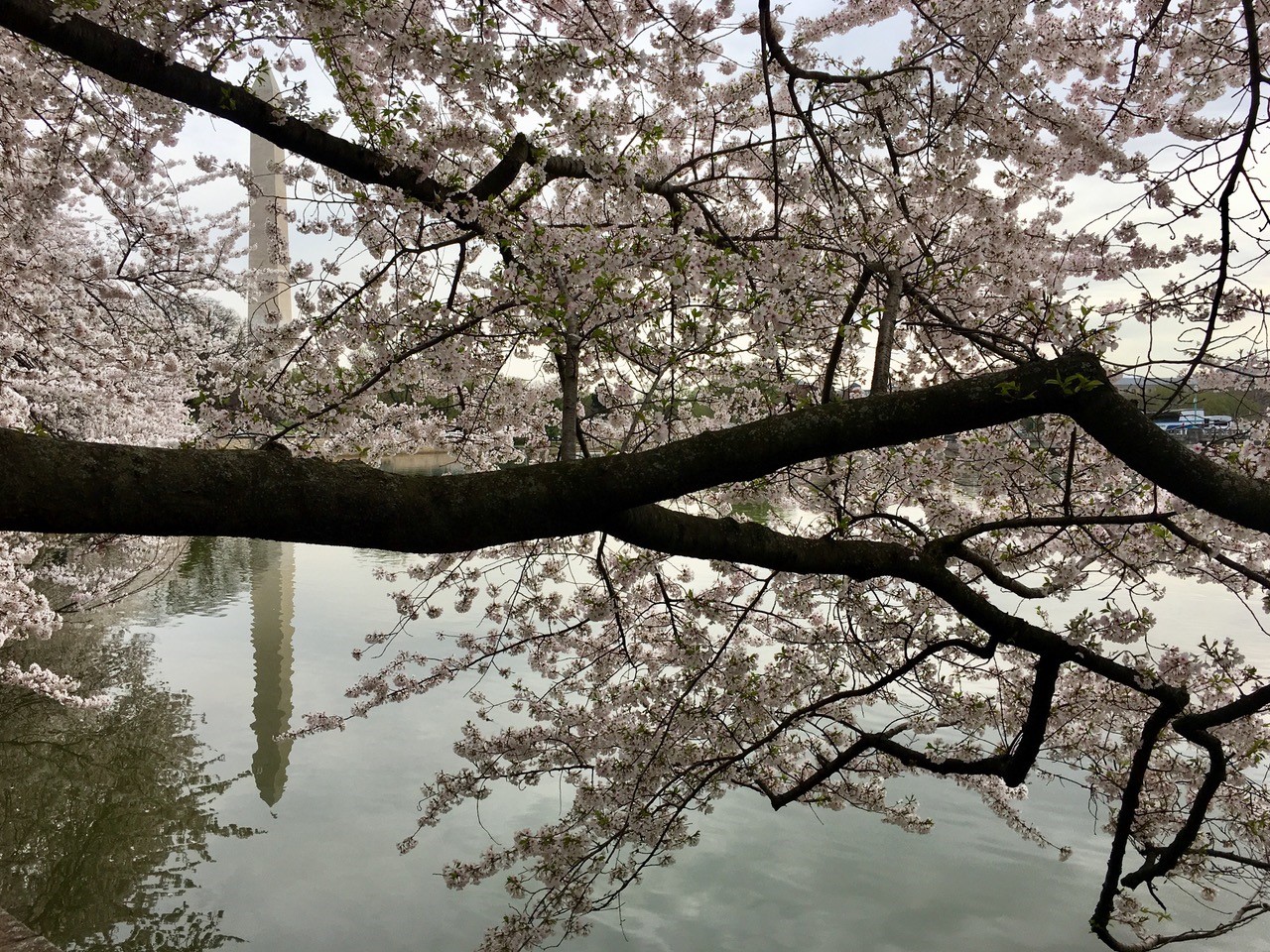
April 18, 2019, by lzzeb
The American Association of Geographers Annual Meeting, Washington 2019
A blog by Dr Martin Danyluk
In April I attended the American Association of Geographers (AAG) Annual Meeting in Washington, DC. The AAG, to my knowledge, is the largest annual gathering of geographers in the world, with attendance routinely exceeding 9,000. And it truly is a circus: the conference features thousands of presentations—sprawling across dozens of rooms in two hotels—accompanied by posters, workshops, field trips, author-meets-critics panels, plenary talks, book fairs, receptions, pre-conferences, un-conferences, and nightly social events. It’s a hectic and stimulating week at best, and alienating and overwhelming at worst.
For many of us, the meeting is a valuable time to catch up with colleagues and friends in other places, to get a sense of emerging conversations within the discipline, and to explore a new city. This was my first time in Washington, and I was struck by the huge variety of food options (Dominican, Eritrean, Ethiopian, Korean, Salvadoran) and by the beautiful cherry blossoms, in peak bloom at this time of year. I gave a presentation of my own, part of a series of sessions titled “On the Blockade: Geographies of Circulation and Struggle.” These talks focused on the rising prominence of blockades and other forms of disruption to supply chains and critical infrastructures, and they yielded some very lively discussions.
Other highlights for me were plenary lectures by Beverley Mullings (on social reproduction, labour geographies, and the Caribbean) and Deborah Cowen (on the Canadian Pacific Railroad and infrastructures of empire), an excellent series of talks called “Racial Regimes of Property,” and a panel to inaugurate the recently launched journal Environment and Planning E: Nature and Space. Overall there was a sense at the conference that geography is moving in exciting new directions—that the discipline is engaging in a self-reckoning of sorts, as sub-fields like Black and Latinx geographies, Indigenous and anti-colonial geographies, and feminist and queer geographies are increasingly asserting a central place in a discipline that has long relegated them to the margins. While much work remains to be done, it’s invigorating to see this important scholarship being showcased: in that sense, this year’s AAG felt like a turning point in the history of our discipline.
No comments yet, fill out a comment to be the first

Leave a Reply